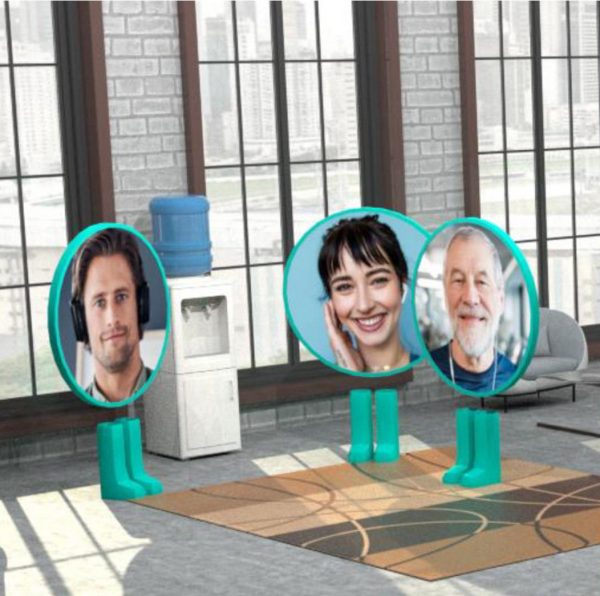With light glowing at the end of the COVID-19 tunnel, company executives must consider if, how and when their employees will return to the office. Construction industry management must give the matter serious thought too, given that recent research reveals a high level of uncertainty among staff across many industry sectors.
For example, a Leger poll, conducted in co-operation with the Association of Canadian Studies, indicates while 82 per cent of Canadian respondents feel working at home has been either very or somewhat positive, 60 per cent of those surveyed want a partial return.
The work-at-home experiment initiated by COVID has usually combined remote solo work with group video conferencing. In many instances it’s been great in terms of productivity, but the overall appeal is wearing thin.
Even Eric Yuan, CEO of ZOOM, is getting tired of it.

Yuan recently told a Wall Street Journal CEO Council Summit that one day alone, he had 19 ZOOM meetings in a row. Ironically, Yuan says most of ZOOM’s own employees will be asked to come back to their offices for at least two days a week. That hybrid solution appears to be supported by research suggesting that work-at-home benefits peak at 15 hours a week.
Tsedal Neeley, the Naylor Fitzhugh Professor of Business Administration at the Harvard Business School, told McKinsey Global that trust, both cognitive and emotional, must be established and maintained in any home-office hybrid. The challenge is to recreate the most positive aspects of office work with the remote experience.
Among the variety of technology start-ups spawned by the COVID experience attempting to confront these issues is a new video meeting app called Bublr, just like the office water cooler. Bublr addresses five key shortcomings of working remotely: discrepancies in information between onsite and remote workers, a lost sense of belonging, trust issues, burnout and drops in creativity.
Bublr creates a customizable virtual space where employees can gather spontaneously, such as the staff lounge in the real life office. Participants can drop in or out of the space as they wish. Their live-action face or still photo is represented on the front of an avatar that can be moved around the space to “meet” with others. No more worries about oddly titled books on the shelf or a $10 bedroom light fixture being part of the background.
As with real life conversations, volume levels automatically increase as each avatar approaches another, either individually or in small groups. There’s no one single host, no need for a schedule or advance invitations.
By encouraging the casual interaction and creative engagement experienced in a real office, Bublr makes a great sidekick app for ZOOM-like meetings. Formal Bublr meetings featuring screen sharing are also possible, attended by an almost unlimited number of simultaneous online users.
In fact, Bublr can be left running in the background of each employee’s computer, graphically showing who is “in the office” while everyone goes about their tasks. Quick conversations can then occur just as they might in a physical office, initiated by a quick message sent to an associate.
Such technical advances in video conferencing could make hybrid home-office models a popular choice for many companies.
That’s important because a full return to the office won’t necessarily meet with universal acceptance by employees.
In the Leger survey cited above, 35 per cent agreed with the statement, “If my superiors ordered me to go back to the office, I would start to look for another job where I can work from home.”
Yet that’s balanced by studies in which the same percentage claimed to have considered quitting because they couldn’t go to the office.
“Many people are concerned about the change that remote work might bring to their culture,” says Professor Neeley. “But the reality is that change has already happened by the sheer fact that we are now operating remotely.”
The trick is to find ways to make it work best for all.
John Bleasby is a Coldwater, Ont.-based freelance writer. Send comments and Inside Innovation column ideas to editor@dailycommercialnews.com.







Recent Comments
comments for this post are closed